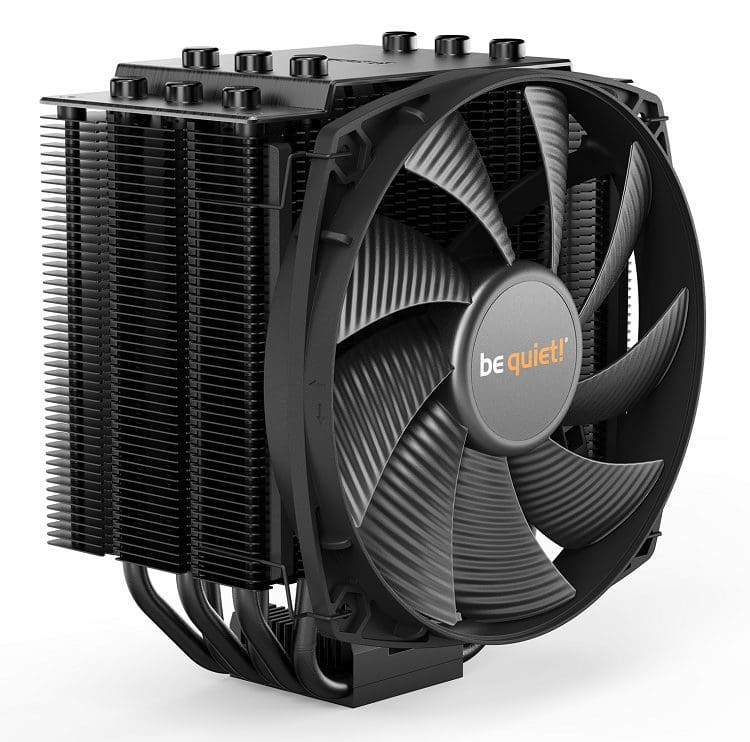Every computer needs to be kept cool.
It isnt particularly easy to keep a CPU or GPU cool.
The actual silicon dies for CPUs and GPUs are small.

The surface area is one of the most critical factors in dissipating heat to the surrounding air.
Being so small and flat, the CPU and GPU dies arent suitable to be directly cooled by air.
To be able to properly cool them, a heat sink is used.

There are two heat sinks, the passive heat sink, and the active heat sink.
A passive heat sink is cooled by the ambient airflow, which can include airflow driven by case fans.
Passive heatsinks are typically only used for relatively low levels of heat dissipation as theyre not particularly efficient.

They generally feature relatively wideset fins to enable good airflow.
Additionally, the fins will almost always be aligned vertically to help natural convection to carry the heat away.
An active heatsink follows different design rules than a passive cooler.
This is because the presence of a fan directly on the cooler changes several factors in heat sink design.
This significantly increases its ability to dissipate heat, enabling it to deal with much greater thermal loads.
An active heatsink can deal with the same thermal load with a much lower mass and volume.
While not all heatsink fans can stop spinning, some offer a 0RPM mode.
This comes with the advantage of silent operation.
Active heat sinks tend to have a denser fin structure as air pushes through them.
Many active heatsinks use a fan on the front of the cooler that pushes air through the cooler.
Many high-end CPU coolers will have two fans in a push-pull configuration.
This helps to ensure reliable airflow through the dense fin structures.